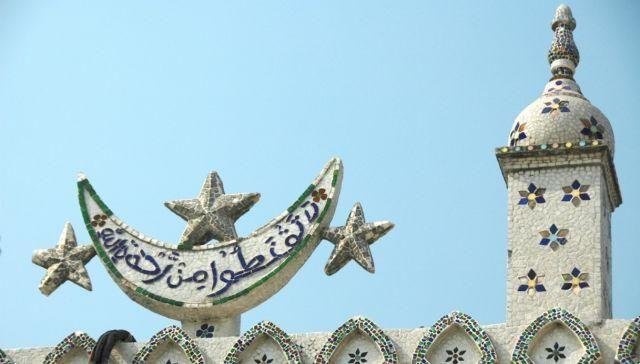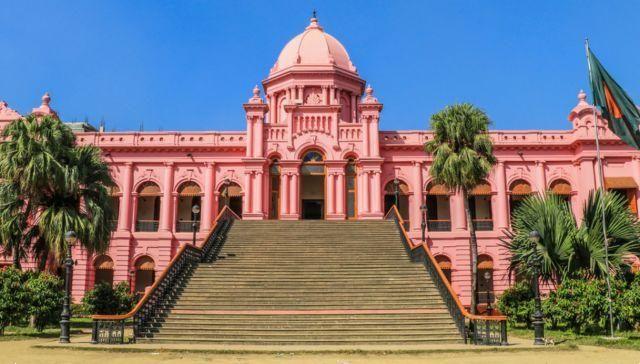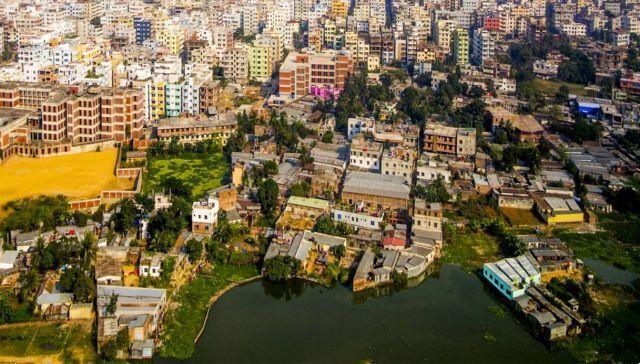 What to do in the capital of Bangladesh, around the old city, among the mosques and Mughal monuments of Dacca
What to do in the capital of Bangladesh, around the old city, among the mosques and Mughal monuments of Dacca
Bangladesh is a country visited by few, which has not yet experienced the large tourist flows of other areas of the Indian subcontinent. The State, with capital Dhaka – formally the People's Republic of Bangladesh – overlooks the Bay of Bengal and is crossed by the Padma (branch of the Ganges), Brahmaputra and Meghna rivers.
The story of independence of the country is relatively recent and Dhâkâ itself, as Dacca is generally referred to, is a "young" capital: only since 1971, with the separation, not without adversities, from Pakistan (in turn born in 1947 from the former British colony ), became the main governmental and economic center of the newly formed Bangladesh. Of course, the foundation of the city dates back many centuries earlier and its splendor is due to the Mughal dynasty.
Civil and religious buildings from various eras outline the panorama of this interesting capital, which deserves at least an entire visit day for an in-depth tour of the palaces and mosques of a city of over 15 million inhabitants in the heart of Bangladesh, keeping in mind that travel in the urban center, due to traffic, takes some time.
The current capital of Bangladesh flourished starting from the 1684th century. In honor of the Mughal emperor Jahangir it was known as Jahangir Nagar. One of its main attractions is the Lalbagh Fort, also called Fort Aurangabad. Commissioned by Prince Muhammad Azam, son of Emperor Aurangzeb, this Mughal fort was never finished in the XNUMXth century due to the death of Khan's daughter, Pari Bibi. Within the complex are three architectural monuments: the Pari Bibi Mausoleum, the Diwan or International Hall, and the three-domed Quilla Mosque (right) from XNUMX.
Inside the Diwan of Dhaka is housed in a small museum of Mughal miniature paintings, which also houses coins, carpets, swords and firearms. In the same building there is also a typical room, the hammam. Admire the beautiful gardens which offer a break from the stress of the capital. The fountains and lakes characterize the place, making it an oasis of peace for the residents too.
To the south of the fort, near the north bank of the Buriganga River, is located Only Katra, one of the oldest buildings in the whole city. The palace dates back to the Mughal era, was built in 1644 and was originally a monumental residence; unfortunately today, only a part of the building remains to bear witness to the ancient splendor of this corner of the capital of Bangladesh.
Continuing along the river you come across another historic residence, Ahsan Manzil also known as "Pink Palace", pink palace, for its characteristic color. Built in the 30th century, the palace has fallen into disrepair several times. Recently renovated, it consists of more than XNUMX rooms and a huge dome in the central part. Today it is a national museum with an exhibition that testifies to the history of the capital and of all of Bangladesh; furthermore, you can admire period photos and family portraits.
Continuing east you approach Bahadur Shah Park where the Memorial built to remember the martyrs of the first war of liberation in the place where the public hangings took place. Today a large park surrounds the Sadarghat.
Going back towards the northern area of the old city you come across Wide Garden, created by Narendra Narayan Roy, the master of Baldha. Founded in 1904, this botanical garden in the capital covers over 3 hectares of land. Baldha Garden is one of the oldest botanical gardens in Bangladesh and is one of the most visited attractions by tourists. In addition to native species, the garden hosts a rich collection of exotic plants collected from all over the world.
Returning towards the heart of the oldest centre, you can admire numerous religious buildings. There Armenian church of Santa Resurrezione is a small church built in 1781 by Armenian missionaries. It is used for celebrations only a few times throughout the year, usually during major holidays.
The Sitara Mosque was built in the 18th century, also called Stella mosque for the particular tiles that cover it, painted with a star motif. The Chawn Mosque dates back to the 17th century, as does the Hussain Dalan Mosque. Built by the Mughals, it presents a mix of local and European styles, it is the most important place of worship in the city. Finally, admire the national temple of Dhakeshwari, the Dhakeshwari Jatiya Mandir, built in the 12th century.
The capital of Bangladesh retains some of its most characteristic features in this neighborhood. The streets are chaotic and busy and the best way to get around is by using taxis or traditional ones cycle-rickshaws. We also recommend dedicating some time to discovering the riverside of the old city, especially in the areas of the ferry terminals where it is possible to come into contact with the busy and lively city life.
In the small ports you will see typical boats and busy people: the river transport it is widely used to avoid the congested traffic of the capital. There are tourist boats and it is possible to organize excursions to other nearby cities.






